"Crown Ware" refers to a range of goods introduced at Royal Worcester around 1870. These were made from a type of heavy earthenware that was extremely durable. The most popular tableware shape was called "Athens." Originally, this range was known as Vitreous Ware, with factory marks displaying the Royal Worcester Vitreous ribbon. Production ceased in 1930, replaced by a hard porcelain oven body that had the advantage of being translucent.
Vitreous china refers to an enamel coating applied to ceramics, particularly porcelain, after firing. It also refers to the finished product as a whole. This coating makes porcelain tougher. This specific gravy boat was commissioned by William Whiteley, as evidenced by the stamp on the bottom. Whiteley was an English businessman from the late 19th and early 20th centuries, and the founder of the famous Whiteleys department stores in London. In 1896, Whiteleys earned an unsolicited Royal Warrant from Queen Victoria, an unprecedented achievement. The store later earned another Royal Warrant from King George V.
Sauceboats, also known as gravy boats, are small jug-like vessels used for serving sauces and gravy. They became fashionable in the early 18th century and were crafted from silver, silver plate, or ceramics. Early sauceboats were typically plain and oval in shape, with solid oval feet. During the Georgian period, they became more elaborate, with metal examples featuring chasing, engraving, and a three-footed base, sometimes sold in pairs. Ceramic sauceboats were often part of dinner services, with some having an attached plate to catch drips and spills.
This gravy boat is a remarkable piece worthy of attention from true collectors of antique English porcelain.
Dimensions:






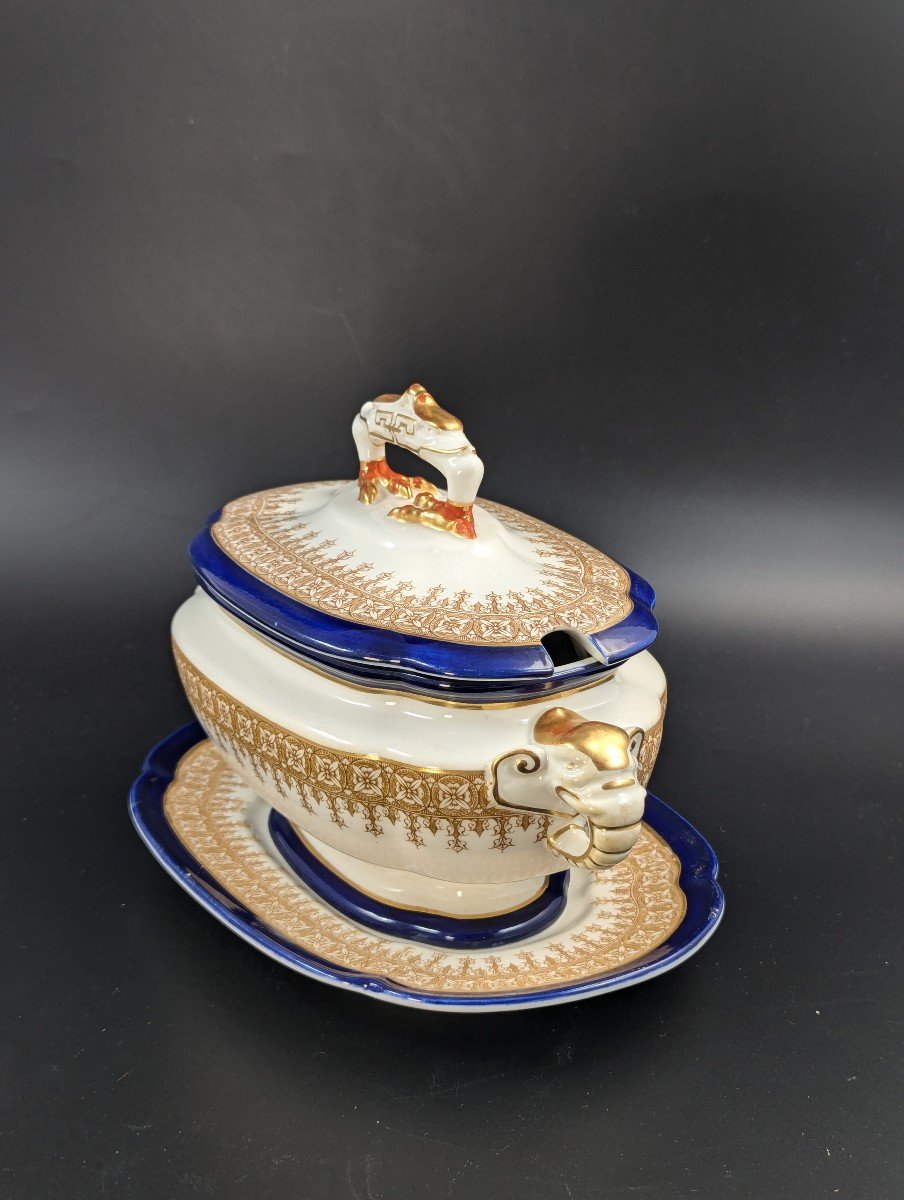
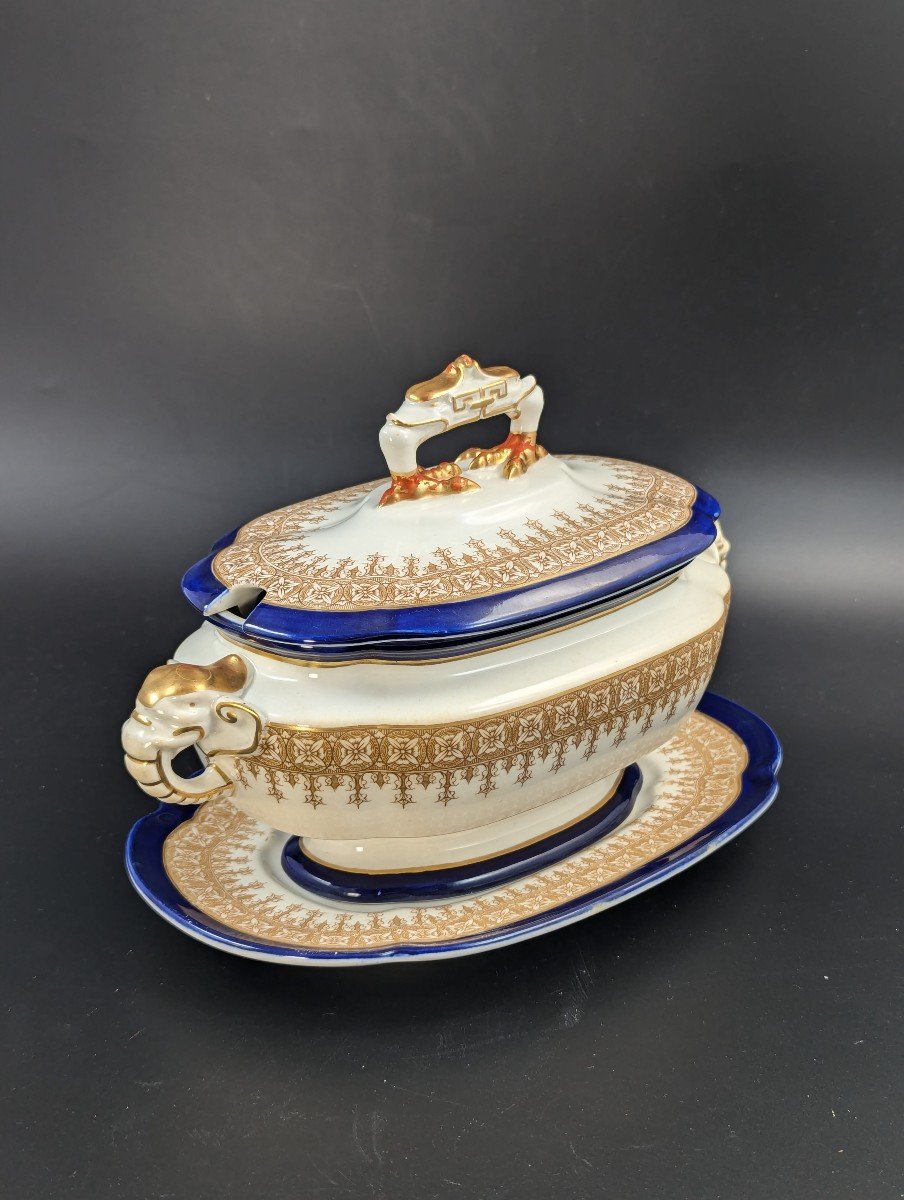



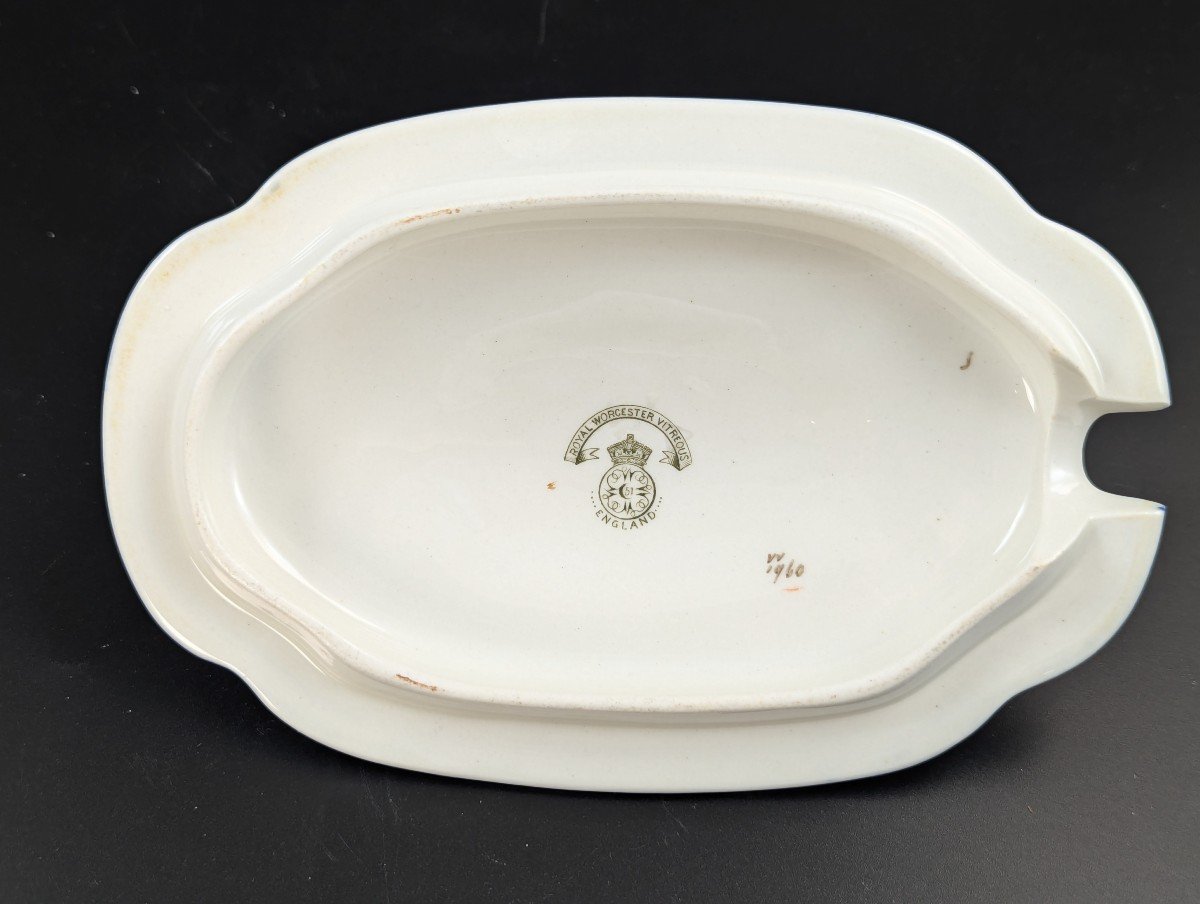



























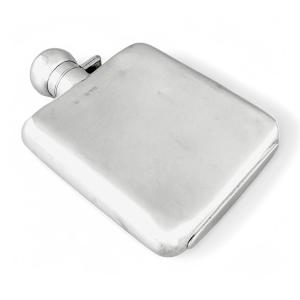


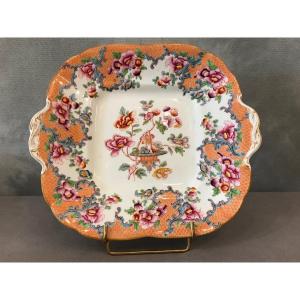
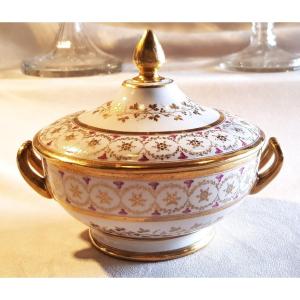
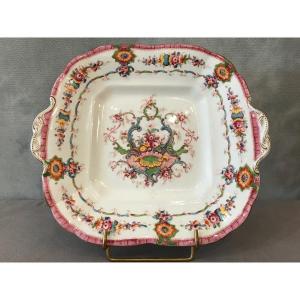





 Le Magazine de PROANTIC
Le Magazine de PROANTIC TRÉSORS Magazine
TRÉSORS Magazine Rivista Artiquariato
Rivista Artiquariato